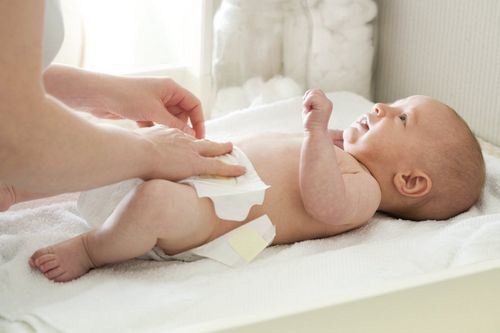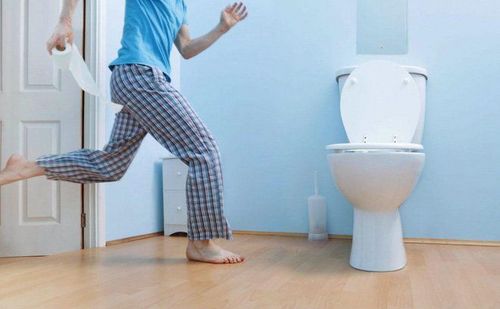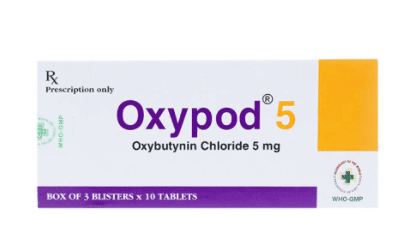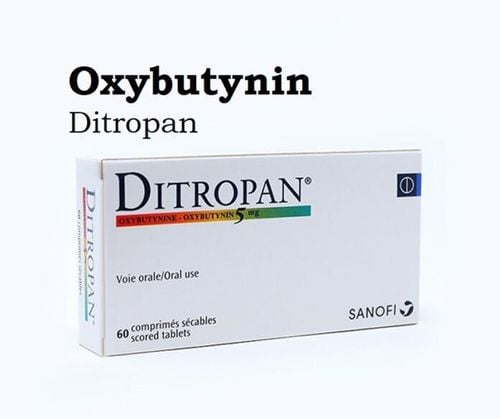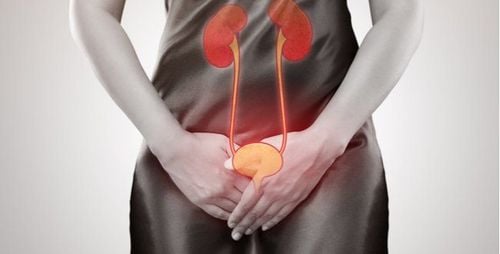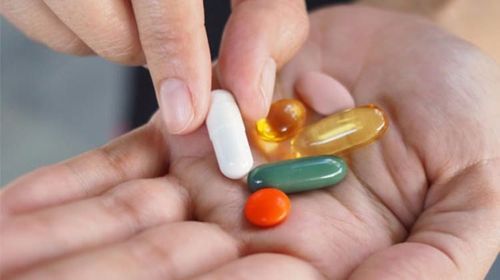This is an automatically translated article.
Article by Doctor Le Thu Huong - Center of Regenerative Medicine and Cell Therapy, Vinmec Times City International General Hospital.Any changes in the process of urinating, such as urinating many times a day, feeling of urgent need to urinate, difficulty holding urine, difficulty urinating, having to strain to urinate, leaking urine, urinating incessantly... are all diseases that need to be diagnosed and treated.
1. What is a urinary disorder?
The bladder is a bag that holds urine from the kidney. Normally the bladder can hold 400-600ml of urine. Adults will urinate from 1-2 liters of urine per day, depending on water intake and other physical activities such as exercise, loss of sweat, hot or cold weather... The number of times to urinate is about 4 - 6 times when there is a feeling of needing to urinate, in the stream, easily and with a feeling of emptying the toilet. In addition, we can hold back urine if the outside environment is not suitable. It is due to the rhythmic coordination of the bladder, urethral sphincter, pelvic floor muscles due to the integrity of the neuromuscular system.
Changes in the process of urinating, such as frequent urination during the day (more than 7 times/day during the day and more than 1 time/day at night, feeling of urinary incontinence, difficulty holding urine, difficulty urinating, right) Urinary straining, urinary leakage, incomplete urination... are all diseases that need to be diagnosed and treated.
2. Common symptoms of urinary disorders
Symptoms related to urine storage (filling phase): Urgency; Leaky urine; Nocturia ; Urinating more than once; Bladder pain. Symptoms when urinating (ejection phase): Hesitancy to urinate; Weak urine stream; Intermittent urination; Urinary straining; Difficulty urinating; Long urination. Symptoms after urinating: Feeling of not being able to urinate all the time; Dripping urine after urinating. 2.1 Filling phase symptoms Frequent urination
Normal urine volume: Excessive intake/exhaustion, due to drug use, decreased antidiuretic hormone ADH. Decreased urinary volume: Normal bladder capacity: Due to overactive bladder, increased bladder sensation, incomplete voiding; Decreased bladder capacity: due to interstitial cystitis or after irradiation Nocturia
Normal urinary volume: Excessive drinking, polyuria due to increased nocturnal elimination (due to edema, congestive heart failure, decreased anti-hormone hormone) ADH diuresis, increased secretion of ANP from the right atrium) Decreased urinary volume: Normal bladder capacity: Overactive bladder, increased sensation of bladder, incomplete voiding; Decreased bladder capacity: Interstitial cystitis, after irradiation.
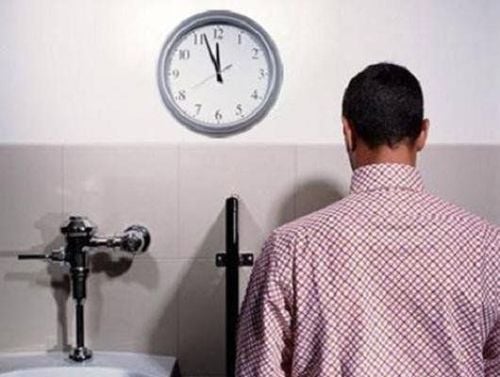
Types of urinary leakage
Urgent leakage: Leaking urine as soon as there is a feeling of need to urinate due to increased bladder muscle activity Giggle incontinience: Due to increased bladder wall muscle activity, weak urethral sphincter Reflex urinary leakage: Leakage secondary to bladder muscle contraction in patients with spinal cord injury Enuresis: Increased bladder wall muscle activity, decreased bladder capacity, decreased secretion of ADH Stress urinary incontinence: Leaking urine during activities that increase intra-abdominal pressure when coughing, sneezing, carrying heavy loads, bending over... due to weak bladder sphincter Continuous Leakage: Continuous urine leakage is rare, the disease may be caused by a leak. Ectopic bladder, ureteral Other types of urinary leakage such as leakage during sex, due to increased bladder wall muscle activity, weak or dilated urethral sphincter... Bladder pain
Cause: Due to cystitis acute cystitis, interstitial cystitis, bladder cancer, bladder stones 2.2 Ejection phase symptoms Hesitancy
Patient wants to urinate but has to wait a while before urinating c
Causes are caused by factors in the urethra: ureteral structure abnormality due to congenital or ureteral obstruction due to prostate enlargement, tumor around the urethra, urethral sphincter not fully dilated when urinating; Weak bladder wall
Problems with urine flow
Weak urine flow: Due to weak bladder wall muscle, or structure of the ureter, congenital abnormality, or obstruction of the urinary tract due to an enlarged prostate paralysis, tumor around the urethra, urethral sphincter does not fully relax during urination Intermittent: Incontinent flow during urination Due to abnormal functioning of the urethral sphincter or pelvic floor muscle abnormality Due to muscle abnormalities Decreased bladder wall function with irregular contractions 2.3 Post-urinary symptoms Post-urinary drip
May take a long time to urinate, or may leak after wearing pants. Due to abnormal functioning of the urethral sphincter or pelvic floor muscle abnormalities, obstruction of the urinary tract Due to decreased bladder wall muscle activity with abnormal contractions Feeling of not emptying
Due to bladder wall muscle overactivity poor movement, bladder-sphincter incompatibility, obstruction of the urinary tract leading to incomplete urination
3. Diagnosing urinary disorders

To diagnose urinary disorders, the doctor asks the patient's history - history, urine diary, then does a clinical examination and performs a number of other paraclinical techniques such as: Abdominal ultrasound; Urine test ; Urodynamic measurement; Urinalysis...
Urology: Is a very important method in diagnosing abnormalities of the bladder, bladder sphincter. During the procedure, you will be placed a catheter with a sensor tip into the bladder and rectum to measure the pressure of the bladder and abdomen and determine the function of the bladder during the filling phase (the stage of urine storage). ).
Urinary flow chart: A method to help accurately determine daily urination activity. During the assessment, the patient will be urinating into a urinal system directly connected to the machine to help identify abnormalities in your urine flow and volume.
At Vinmec International General Hospital, there is the most modern machinery system: Gas urodynamic meter to help accurate urodynamic measurement technique. Urodynamic catheter can only be used once, not reused, limiting urinary infections after urinalysis.
Well-trained staff, accurate urodynamic and urogram results, maximum service for diagnosis and treatment.
In addition, patients can use other methods to support diagnosis such as urinary abdominal ultrasound, subframe MRI, retrograde ureteral X-ray, etc., by current equipment systems. grand. From there, it is possible to make an accurate diagnosis of the medical condition, the cause and propose a treatment method for each patient.
Please dial HOTLINE for more information or register for an appointment HERE. Download MyVinmec app to make appointments faster and to manage your bookings easily.





